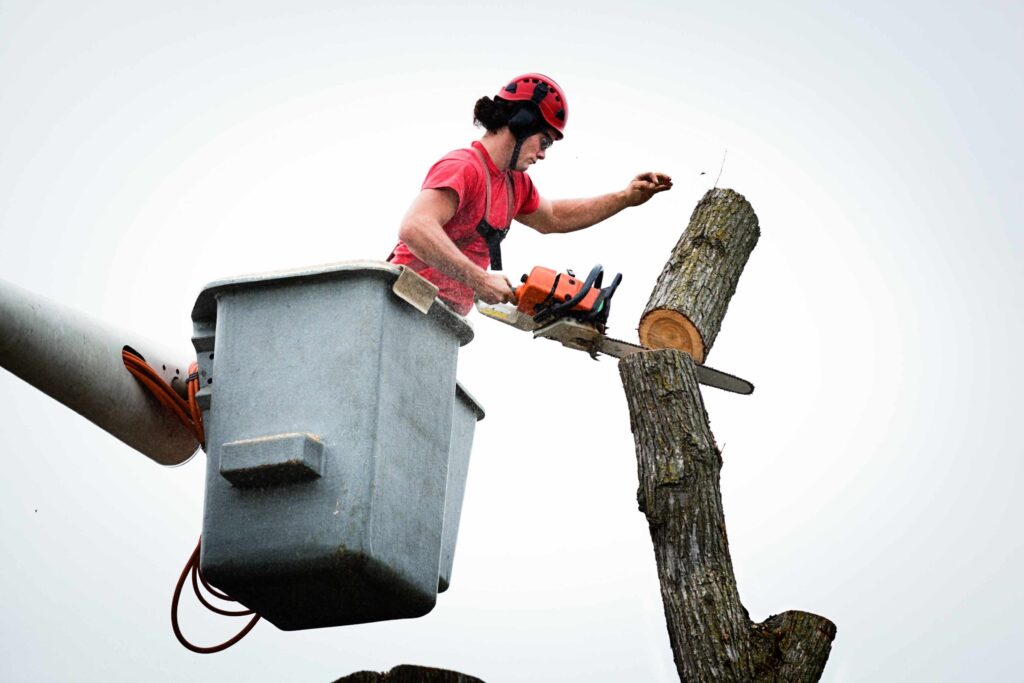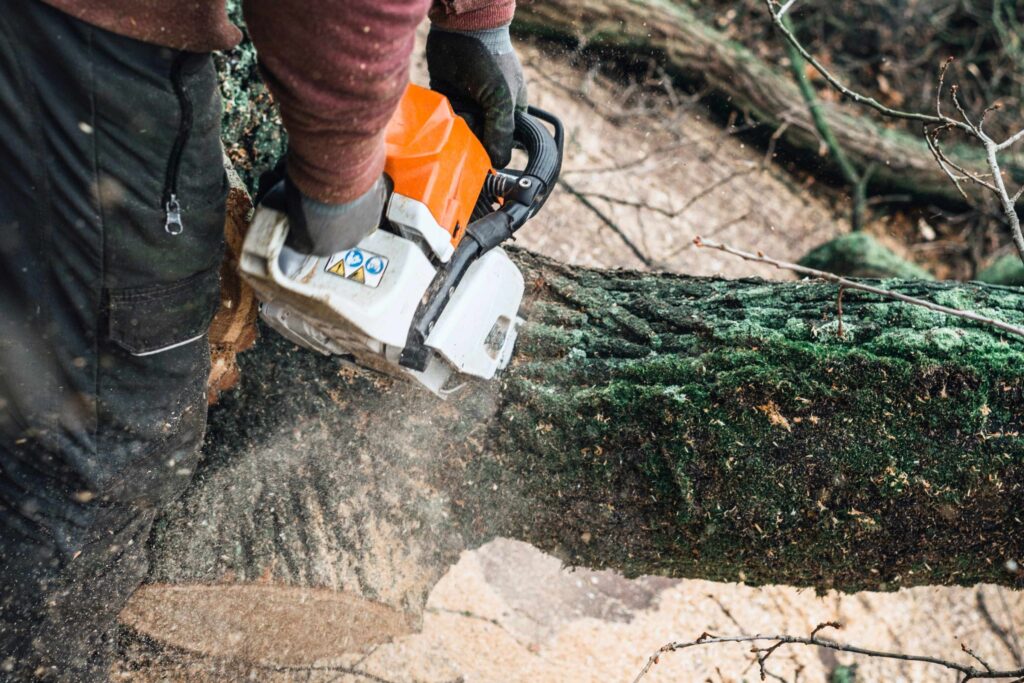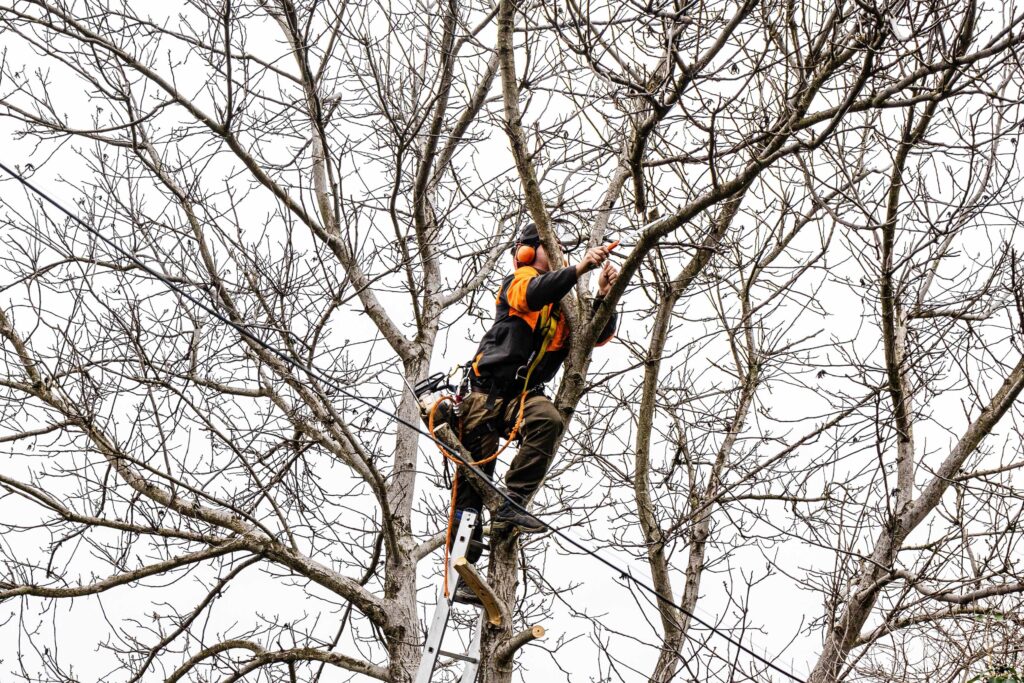Tree removal is a significant undertaking that requires careful consideration and planning. Whether you need to remove a tree due to safety concerns, disease, or simply to make way for new landscaping, it is crucial to understand the factors that influence the cost of tree removal. By considering these factors and exploring different cost considerations, you can make an informed decision and ensure that you are getting the best value for your money.
Understanding Tree Removal
Tree removal is the process of cutting down and removing a tree from its current location. It involves various steps, such as assessing the tree’s condition, determining the best technique for removal, and safely disposing of the tree debris. Tree removal is often necessary when a tree poses a threat to structures, obstructs views, or is in poor health.

Before embarking on a tree removal Sydney project, it is crucial to consider the environmental impact of cutting down a tree. Trees play a vital role in absorbing carbon dioxide and producing oxygen, helping to combat climate change. Therefore, it is essential to evaluate whether tree removal is truly necessary or if alternative solutions, such as pruning or tree preservation, can achieve the desired outcome.
What is Tree Removal?
Tree removal refers to the complete removal of a tree from the ground. This typically involves cutting down the tree and removing it from the property. It may also include stump removal and grinding, as well as disposal of tree debris.
When a tree is removed, it is essential to consider the impact on the surrounding ecosystem. Trees provide habitat for various wildlife species, support biodiversity, and contribute to the overall health of the ecosystem. Therefore, replanting native trees after removal can help mitigate the loss of habitat and maintain ecological balance in the area.
Why Tree Removal is Necessary
There are several reasons why tree removal may be necessary. Large trees with unstable branches or weakened trunks can pose a significant safety risk to people and property. Diseased or dead trees can also cause damage and spread infections to nearby healthy trees. Additionally, removing trees can create space for new construction projects or improve the aesthetics of a property. Click here to read about Elegant Elopements to Lavish Ceremonies: Wedding Flowers for Every Venue.
Factors Influencing Tree Removal Cost
The cost of tree removal can vary significantly depending on various factors. Understanding these factors is key to accurately estimating the cost and ensuring that you are not overpaying for the service.
When considering the removal of a tree, it’s essential to take into account not only the basic factors but also some additional elements that can influence the overall cost. By being aware of these nuances, you can make informed decisions and potentially save money in the process.
Size of the Tree
The size of the tree is one of the primary factors that influence the cost of its removal. Taller and larger trees require more effort and resources to take down safely. The complexity of removing a massive tree can increase the overall cost due to the need for specialized equipment and additional labor.
Additionally, the size of the tree can impact the disposal costs, as larger trees produce more debris that needs to be hauled away. Proper disposal is not only essential for the aesthetics of your property but also for environmental reasons.
Location of the Tree
The location of the tree also plays a significant role in determining the removal cost. Trees located close to structures, power lines, or other important features may require extra precautions and careful planning. Tree removal in tight spaces can be more challenging and time-consuming, resulting in higher costs.
Moreover, trees situated in hard-to-reach areas, such as backyards with limited access, may require additional equipment or manual labor to facilitate the removal process. These logistical challenges can add complexity to the job and impact the overall cost.
Tree Species and Condition
The species and condition of the tree can impact the removal cost as well. Some tree species have extensive root systems or dense wood, making them more challenging to remove. Diseased or dead trees may pose additional risks and require specialized techniques for safe removal.
Furthermore, certain tree species may have specific disposal requirements or regulations due to their environmental impact. Understanding the characteristics of the tree species on your property can help you anticipate any additional costs associated with their removal and disposal. Find more about Trees and flowers by visiting https://seven-directory.com/
Additional Cost Considerations
In addition to the factors mentioned above, several other cost considerations should be taken into account when calculating the overall tree removal cost.
When planning for tree removal, it’s important to also consider the impact on surrounding vegetation and structures. If the tree is located near power lines, buildings, or other trees, the complexity of the removal process may increase. Specialized equipment or techniques may be required to ensure the safety of nearby objects during tree removal.
Stump Removal and Grinding
After cutting down a tree, you might decide to remove the stump as well. Stump removal or grinding can be an additional service that comes at an extra cost. The complexity and size of the stump will determine the additional expenses involved.

Stump removal is essential not only for aesthetic purposes but also to prevent potential hazards. Tree stumps left behind can attract pests, such as termites, and may sprout new growth, leading to additional maintenance in the future. Grinding the stump below ground level is often recommended to fully eliminate any potential regrowth.
Tree Debris Disposal
Disposing of the tree debris is another factor to consider. Some tree removal services include the cost of disposal in their estimates, while others may charge an additional fee for this service. Understanding how the tree debris will be disposed of is essential to avoid any unexpected costs.
Proper disposal of tree debris is not only important for the cleanliness of the property but also for environmental reasons. Recycling tree debris into mulch or compost can be a sustainable option that benefits the ecosystem. Discussing the disposal methods with the tree removal service can provide insight into their commitment to eco-friendly practices.
Emergency Tree Removal Costs
In case of an emergency, such as a fallen tree blocking a road or a tree about to collapse, the urgency and the need for immediate action can increase the overall tree removal cost. Emergency tree removal often requires quick response times and additional resources to ensure public safety.
Emergency tree removal situations demand expertise and efficiency to swiftly address the issue and prevent further damage. Tree removal professionals may need to work under challenging conditions, such as adverse weather or limited access, which can impact the overall cost of the service. Prioritizing safety and swift action in emergency tree removal scenarios is crucial to mitigate risks and ensure the well-being of the community.

Hiring a Tree Removal Service
When hiring a tree removal service, it’s essential to ask the right questions and understand the quote provided to ensure transparency and avoid any surprises.
Removing a tree is a significant task that requires expertise and precision. Before entrusting this job to a tree removal service, it’s crucial to conduct thorough research. Look for companies with a proven track record of successful tree removals and satisfied customers. Reading online reviews and asking for references can help you gauge the quality of service you can expect. Click here to read about How plants and trees talk to each other and why we should care.
Questions to Ask Before Hiring
Before hiring a tree removal service, ask about their experience, qualifications, and insurance coverage. It’s important to know if they have the necessary permits and equipment to handle the job safely and efficiently.
Additionally, inquire about their approach to tree removal. A reputable company will have a detailed plan in place to ensure the safety of your property and surrounding areas. Understanding their process will give you peace of mind and confidence in their abilities.
Understanding the Quote
When you receive a quote for tree removal, make sure you understand what services are included and any potential additional costs. A reputable tree removal service will break down the quote and provide a detailed explanation of the services they will be providing.
Don’t hesitate to ask for clarification on any items in the quote that you find confusing. A transparent and professional tree removal service will be more than willing to address your concerns and ensure you are fully informed before proceeding with the job.
Saving on Tree Removal Costs
While tree removal can be a significant expense, there are ways to save money without compromising on the quality of the service or the safety of the removal process.
When it comes to saving on tree removal costs, it’s essential to consider all aspects of the process. In addition to the timing and permits mentioned, another factor to keep in mind is the size and location of the tree. Larger trees or those located in hard-to-reach areas may require more time and resources to remove, leading to higher costs. Getting multiple quotes from different tree removal services can also help you compare prices and choose the most cost-effective option.

Seasonal Considerations
Consider scheduling your tree removal during off-peak seasons when tree removal services are less busy. During these times, you may be able to negotiate lower prices and take advantage of discounts.
Moreover, another seasonal consideration to keep in mind is the impact of weather conditions on tree removal costs. Inclement weather, such as heavy rain or snow, can make the removal process more challenging and may result in additional fees. Planning your tree removal during favorable weather conditions can help you avoid these extra costs.
Local Regulations and Permits
Before removing a tree, familiarize yourself with local regulations and any permits required for tree removal. Working within the rules and obtaining the necessary permits can help you avoid potential fines and delays, ultimately saving you money in the long run.
By understanding the various factors that influence tree removal costs and considering additional cost considerations, you can make an informed decision and ensure that you are getting the best value for your money. Remember to research and hire a reputable tree removal service, ask the right questions, and explore ways to save on costs. With careful planning and consideration, you can successfully calculate your tree removal cost and navigate the process smoothly.
